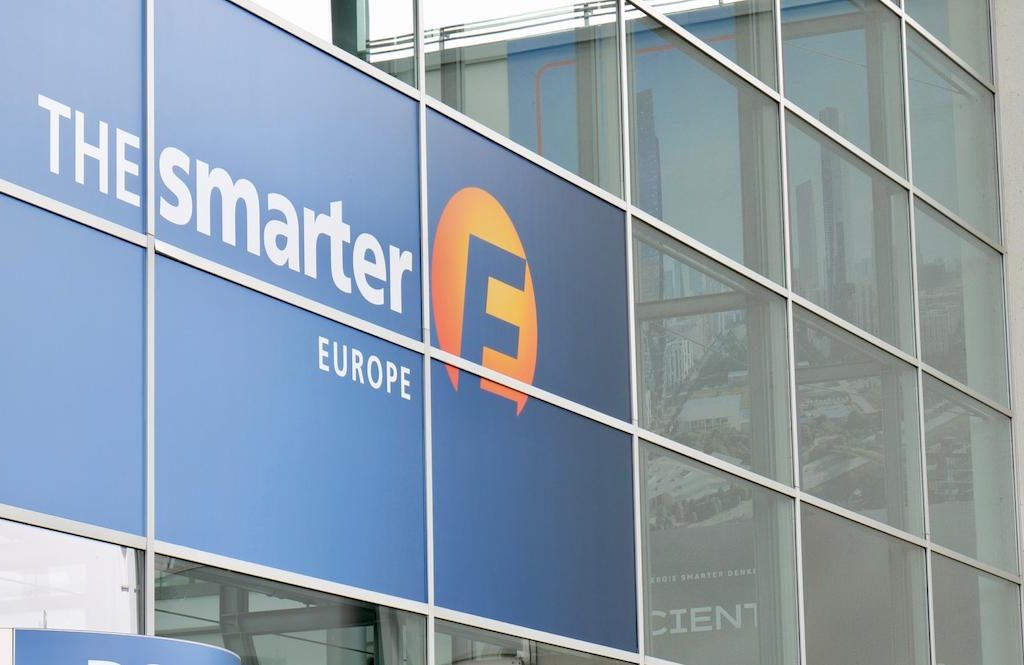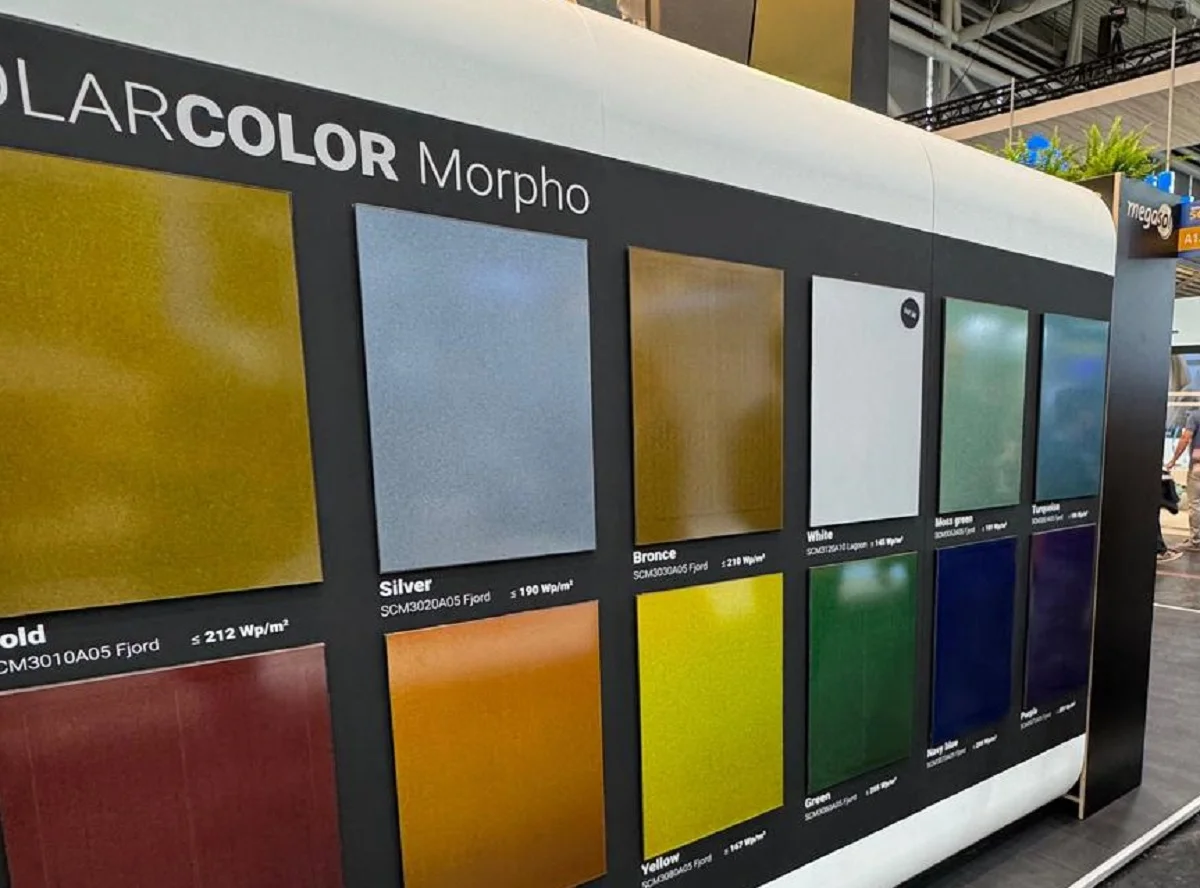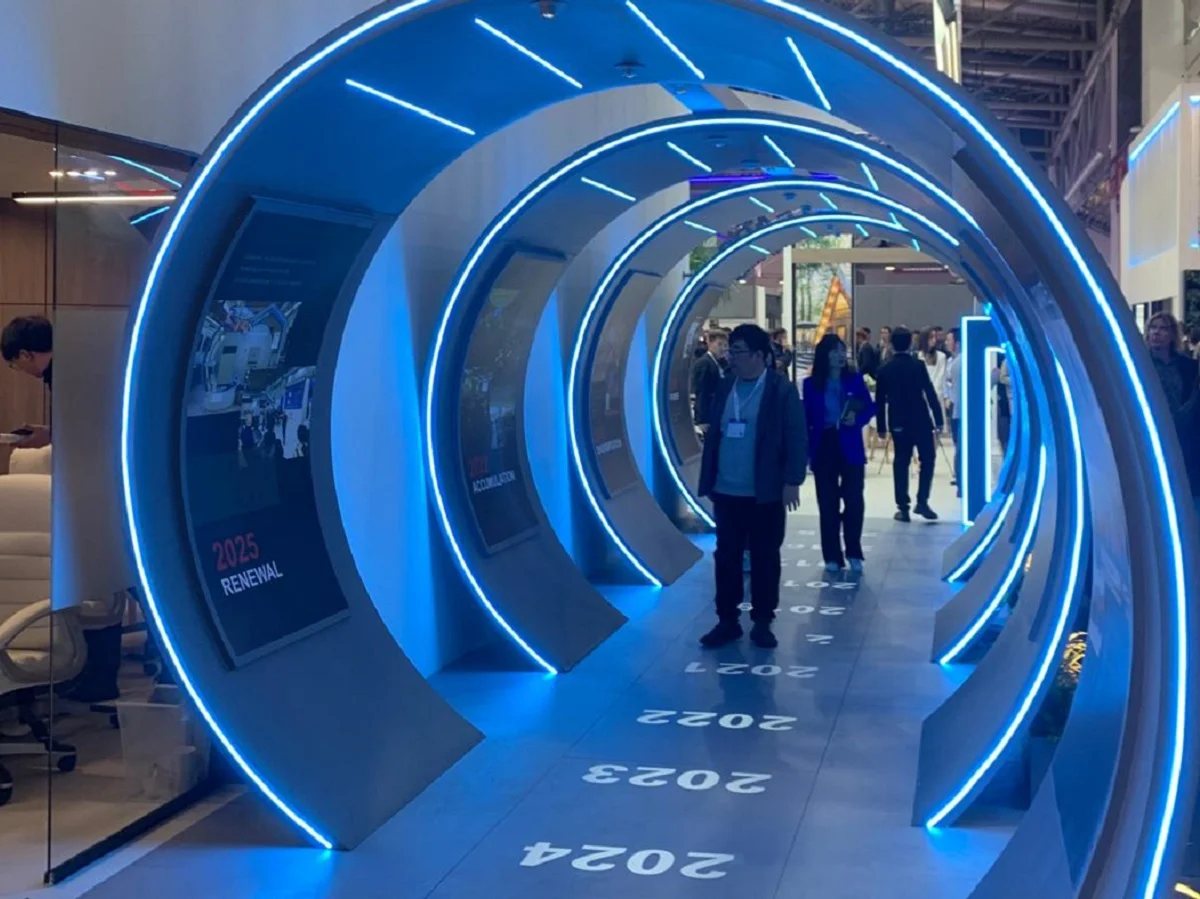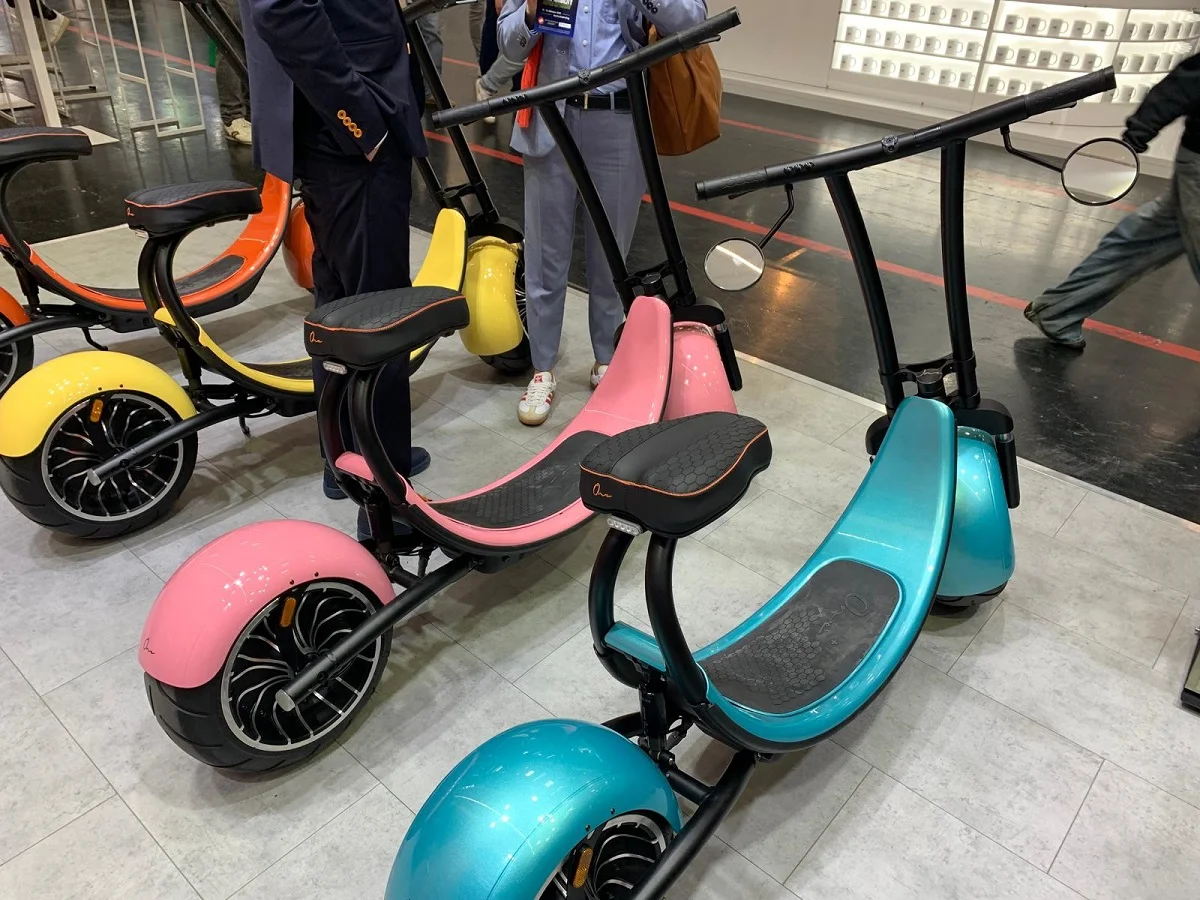
Every year, The Smarter E Europe gets bigger. More exhibitors, more attention from the energy sector, and growing interest from consumers seeking renewable energy solutions for their homes. Rinnovabili was on the ground in Munich to cover the latest innovations, walking all 18 halls of the German fair, which is organized into four main areas. One of the highlights remains Intersolar Europe, dedicated to the solar photovoltaic industry.
Key trends shaping the future
The event was dominated by medium and large companies focused on battery storage systems. A clear trend is the integration of artificial intelligence to enhance the efficiency, safety, and flexibility of renewable sources.
Silicon–perovskite tandem solar cells were also a major talking point. The Fraunhofer Institute confirmed that record efficiencies have surpassed 34%, albeit in extremely small-scale cells. However, commercial adoption is expected within two years. Italian company 3SUN, owner of one of Europe’s largest solar factories, is already testing tandem cells and continues to develop its high-efficiency heterojunction (HJT) solar technology.
Colorful panels inspired by nature
Traditional panels are no longer the only option. The growing demand for solar panels that blend with architectural and natural environments is pushing innovation.
Italian company FuturaSun is producing red panels for rooftops in historic towns, green panels for camouflaging in vegetated areas, and gray panels for urban integration. Swiss manufacturer Megasol has taken it further, patenting a new surface technology called Morpho, inspired by the iridescent wings of South American butterflies. The result: panels in every imaginable color, from white to turquoise, offering both beauty and performance.

BYD brings EV battery tech to the home
Chinese giant BYD, global leader in battery manufacturing and the top EV maker worldwide, unveiled a new residential storage system in Munich. The product adapts the company’s signature blade battery, already in use in its electric vehicles, for home energy storage. The battery is compact, ultra-safe, and designed for seamless integration into domestic systems.

Solar panel recycling: a looming challenge
By 2050, over 2 million solar modules will need to be processed and recycled. Yet, very few facilities are equipped to do so efficiently and sustainably.
Italian firm Ecoprogetti is pioneering fully automated, zero-emission recycling plants. Their system recovers nearly 100% of materials, including low-value components like glass, and can process up to 60 panels per hour.
What’s next for electric mobility
In the two halls dedicated to electric mobility, the spotlight was on ultrafast charging systems for both cars and trucks. One innovation integrates EV charging sockets into the sidewalk edge, replacing the traditional stand-alone station format.
Another major development involves bidirectional charging. According to a German study, by 2025, one in five EVs will be able to not only draw electricity from the grid but also return it or use it to power other devices. The study projects that by 2035, 100% of EVs will be bidirectional.
Closing on a stylish note: Romanian company Astreea unveiled a sleek, cable-free electric scooter called One. Its eye-catching design features integrated brake cables inside the handlebar and a motor built directly into the rear wheel. It’s available in several bold colors, including bright pink, and is set to hit the Italian market this July.
